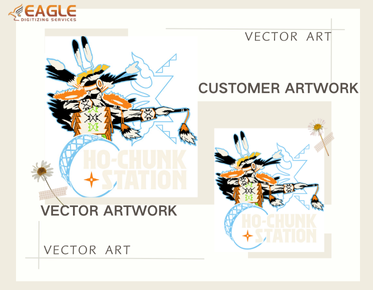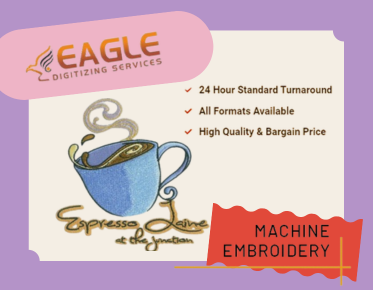Integrating Vector Logos on Raster Images
In the realm of digital graphics, one of the common questions that arises is whether a vector logo can be used on a raster image. The short answer is yes; combining these two types of graphics is not only possible but often beneficial for high-quality design projects. Let's delve into the details of how this integration can be achieved effectively.
Understanding Vector and Raster Graphics
Vector Graphics
Vector graphics are created using mathematical equations. They are made up of paths defined by a start and end point, along with other points, curves, and angles. The advantage of vector graphics, such as SVG or AI files, lies in their scalability and clarity, allowing them to maintain quality when resized. This makes them ideal for logos and branding materials as they can be used across various media forms without compromising clarity.
Raster Graphics
On the other hand, raster images are composed of pixels and have a fixed resolution. Formats such as JPEG or PNG fall under this category. When these images are enlarged, they can become pixelated, as they are resolution-dependent. Raster graphics are better suited for detailed images with many colors, such as photographs.
Applying a Vector Logo on a Raster Background
Integrating a vector logo into a raster image requires careful consideration of the final output. Vector logos can be directly imported into raster-based programs like Photoshop, where they can be positioned over raster backgrounds. This process usually involves converting the final design, which maintains the crispness of the logo while allowing for detailed backgrounds.
An advantage of using vector logo conversion over raster backgrounds is the ability to maintain logo sharpness across various templates and sizes. Many companies, including Eagle Digitizing, offer specialized vector art conversion services to ensure that logos can be used effectively within complex design projects.
Implementation Tips
Matching Colors and Styles
When designing a composite image with vector and raster elements, color matching becomes essential. Ensure that the color palette of the vector graphic complements the raster background. Tools within graphic design software can aid in achieving cohesive color schemes.
Maintaining Clarity and Depth
While vector graphics won't lose clarity upon scaling, their integration with raster images needs careful manipulation to maintain overall image quality. Utilizing layers effectively within programs like Adobe Photoshop, you can position the vector art seamlessly over raster images, thereby maintaining clarity and depth.
The Role of Professional Services
Services such as Eagle Digitizing specialize in raster to vector conversion and can play a crucial role in ensuring that logos not only align well with raster images but do so with professional sophistication. Their expertise allows for customized solutions to meet specific design needs, which is particularly beneficial for businesses aiming for high-quality branding outputs.
Looking Ahead: The Future of Graphic Integration
As graphic design tools continue to evolve, the integration of vector and raster elements is likely to become even more seamless. Future advancements in software could allow for more intuitive color matching and automatic scaling solutions, further reducing the effort required to create harmonious designs.
For now, leveraging current technologies and services can immensely elevate the quality of mixed graphic designs. Whether it's for marketing purposes, promotional materials, or other creative projects, integrating vector logos onto raster images opens up a world of possibilities for brand expression.


